
A meta-analysis of seroprevalence rates estimates that one-fifth of the world’s population carries antibodies against Toxocara.

A meta-analysis of seroprevalence rates estimates that one-fifth of the world’s population carries antibodies against Toxocara.

The MMWR contains new recommendations pertaining to large scale emergency response protocols.

Efforts to screen for TB in people newly diagnosed with HIV hopefully will lower death rates.

Public health officials are investigating a multistate outbreak of Listeria monocytogenes infections that have caused 4 hospitalizations and 1 death.

An analysis shows that during 2016-17, 14% of people living with HIV have used a drug-cost saving strategy and 7% have had cost saving-related nonadherence.
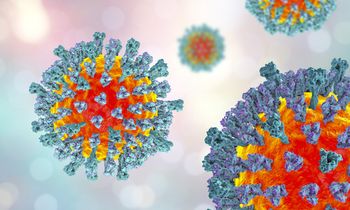
Global efforts to eliminate measles took a step backward, with the number of cases rising to 353,236 in 2018, up 167% from 132,413 cases in 2016.

What is happening in Samoa’s fight against the vaccine-preventable disease?

The list includes some repeat offenders from first installment in 2013.

The US Centers for Disease Control and Prevention is investigating an outbreak of multidrug-resistant human Campylobacter jejuni infections linked to contact with puppies from pet stores, including Petland.

A new study used existing literature to compare clinical outcomes for telemedicine infectious disease consultations to non-telemedicine consultations.
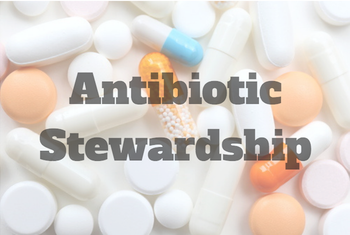
Investigators assessing how frequently antibiotics are prescribed without a documented indication discovered that 18% of antibiotic prescriptions had no documented indication in a nationally representative sample of ambulatory clinic encounters.

Results suggest that PrEP provision is concentrated among those at high risk for HIV and STIs, but that more must be done to prevent STIs among those who persistently use PrEP.

A previously uncharacterized protein called S protein helps Group A Streptococcus bind to the membrane of red blood cells in order to hide from the patient’s immune system.

Mouse models suggest that giving patients with cancer a dose of vancomycin before radiation may prepare the immune system to attack tumor cells more effectively.

A team of investigators set out to identify whether a risk prediction model that was developed at Novant Health could accurately identify individuals at a high-risk for health care-associated C diff infection.

Recommendations to offer antiretroviral therapy on the same day as home-based HIV testing were reinforced by a 2-year follow-up study that examined involvement in care and viral suppression.

This article evaluates the point in microbiological workup at which results of respiratory secretion and blood cultures could be interpreted as excluding MRSA and, thus, no longer warrant the empirical vancomycin therapy.
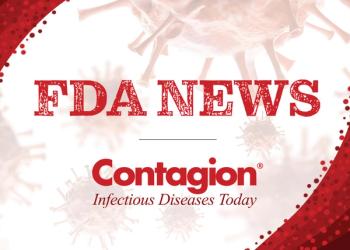
Here is a look at infectious disease-related US Food and Drug Administration (FDA) news from the week of December 8, 2019.
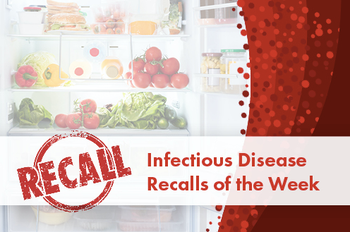
We’ve rounded up a list of important US Food and Drug Administration (FDA) and US Department of Agriculture (USDA) recalls from this past week.

The US Food and Drug Administration today cleared for marketing the first fully disposable duodenoscope.
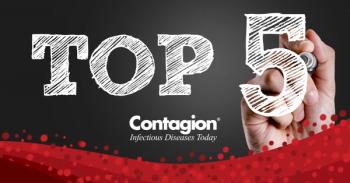
Stay up-to-date on the latest infectious disease news by checking out our top 5 articles of the week.

Improving diagnostics needs a culture change.

An analysis of participants in a trial measuring the efficacy of PrEP found that sex-driven dose timing—as opposed to daily dosing—was effective in preventing HIV, even in men who had sex less often.

Influenza vaccination offers protection against illness and death for heart disease patients. The possibility of treatment-resistant influenza. The earliest, strongest US flu season in 15 years. What’s new in flu news this week?

Ebola vaccines could be given as an emergency intervention to individuals exposed to the virus.
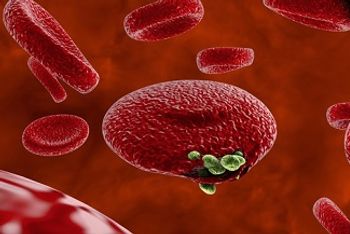
Observations about the body’s response to malaria infection can lead to new treatments for HIV and lupus, investigators believe.
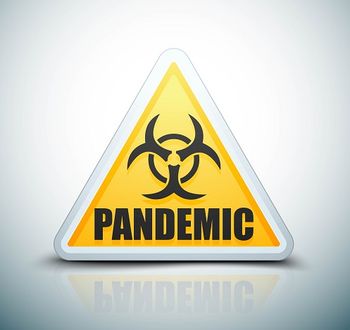
Gathering policymakers and business leaders together to develop potential solutions lays groundwork for future real-world efforts.

The difference in outcomes was 4.7% with a 95% confidence interval on that difference of -10.3% to 1.0%. This fell short of non-inferiority which required that the lower limit of the difference in the outcome rates be >-10%.
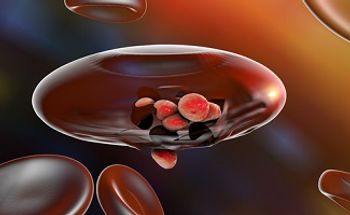
New guidance issued by the CDC offers details on the dosing, efficacy and safety of tafenoquine for prevention and antirelapse therapy for malaria.

Investigators have documented growing acceptability among sexual minority men that U=U, but with widespread overestimation of transmission risk.